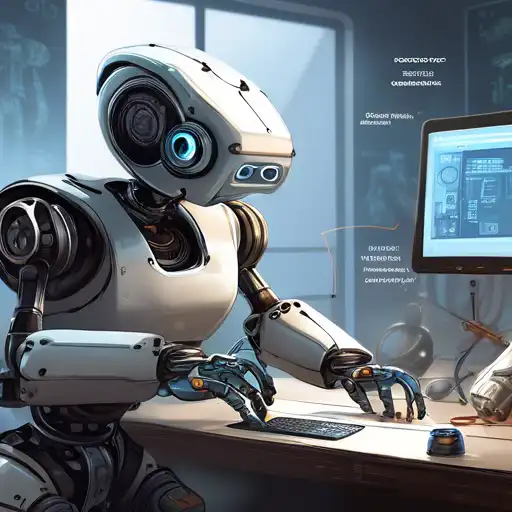Introduction to Robotics Programming
Robotics programming is an exciting field that combines the creativity of design with the precision of coding. Whether you're a hobbyist looking to build your first robot or a professional aiming to automate tasks, understanding the basics of robotics programming is essential. This guide will walk you through the foundational steps to get started in this dynamic field.
Understanding the Basics
Before diving into coding, it's important to grasp the core concepts of robotics. Robots are machines capable of carrying out complex actions automatically, often mimicking human behavior. Programming these machines involves writing code that dictates their movements, decisions, and interactions with the environment.
Choosing the Right Programming Language
Several programming languages are popular in robotics, each with its strengths. Python is renowned for its simplicity and readability, making it ideal for beginners. C++ offers more control over hardware, which is crucial for performance-intensive applications. Other languages like Java and ROS (Robot Operating System) are also widely used in the robotics community.
Essential Tools and Software
To start programming robots, you'll need the right tools. A good starting point is a robotics kit, which typically includes sensors, motors, and a microcontroller. Software-wise, platforms like Arduino IDE for microcontroller programming and Gazebo for robot simulation are invaluable for beginners and professionals alike.
Building Your First Robot
Starting with a simple project, such as a line-following robot, can provide hands-on experience with both hardware assembly and software programming. This project involves programming the robot to follow a line on the ground using sensors, offering a practical introduction to feedback loops and sensor integration.
Advanced Concepts to Explore
Once you're comfortable with the basics, you can explore more advanced topics like artificial intelligence (AI) in robotics, machine learning for autonomous decision-making, and computer vision for object recognition. These areas open up a world of possibilities for creating sophisticated robots capable of complex tasks.
Resources for Further Learning
The journey into robotics programming is ongoing, with always something new to learn. Online platforms like Coursera and Udemy offer courses ranging from beginner to advanced levels. Additionally, joining robotics communities and forums can provide support, inspiration, and opportunities to collaborate on projects.
Robotics programming is a rewarding field that blends technical skills with creative problem-solving. By starting with the basics and progressively tackling more complex projects, you can build a solid foundation in this exciting area of technology. Remember, the key to success in robotics programming is persistence, curiosity, and a willingness to experiment and learn from mistakes.
